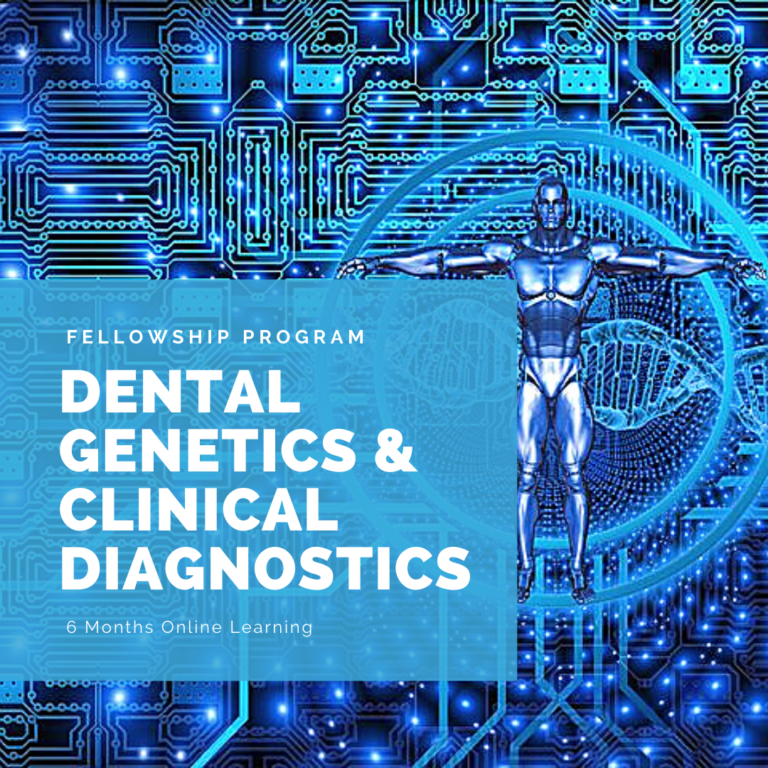All oral diseases have a genetic contribution
Well, this is not an overstatement. If you minutely observe…. a simple dental caries which appears as a black pinpoint on the tooth to a dreadful disease like oral cancer or any other complex craniofacial developmental disorders, the key contributing factor is genetic predisposition or abnormal gene regulation. Let us take up a few examples for a better understanding.
We can talk about “teeth- crowding” or malocclusion. Misalignment of teeth or malocclusion leads to what we commonly call as “crowding of teeth”. This happens when teeth of upper and lower dental arches approach each other to land up in an incorrect relationship during the closure of the jaws. Due to malocclusion, a mechanical strain is created which might affect the growth of the condyles (head of our jaw bone or mandible that attaches to the skull).

Research has deciphered the expression of specific genes such as parathyroid‐hormone like hormone (PTHLH ), insulin‐like growth factor‐1 (IGF‐1 ),vascular endothelial growth factor (VEGF ), and Indian hedgehog homolog (IHH ).They encode signalling molecules or other growth factors which are involved in condylar growth under mechanical strain.
Dental caries is perhaps the most common dental disease affecting us. May be with few exceptions but everyone of us might have experienced an episode of pain caused by dental caries. The polygenic (influence of multiple genes) nature of dental caries, in conglomeration with environmental influences, has been proved through research long back in the history of science.

The most common genes related to dental caries are:
- Ameloblastin (AMBN) – Regulates the formation of enamel matrix
- Amelogenin (AMELX)- Regulates mineralization of tooth
- Carbonic Anhydrase VI (CA6)- Regulates salivary pH
- Enamelin (ENAM)- Regulates enamel matrix formation
Dysregulation in the function of either two or a combination of many of these genes can lead to the development of dental caries. Thus, with a basic understanding of the background genetics involved to cause dental caries alongwith clinical manifestations, an oral healthcare professional would definitely be in a better position to decipher the pathophysiology as well as identify high risk groups with higher susceptibility to dental caries. This identification will call for an early treatment intervention to stop disease progression or dietary modification recommendations that might reduce the risk of further caries occurrence. Such holistic approach will definitely enhance the quality of life of the patients.
For that matter, transformation of any normal cell to a cancerous one involves genetic mutations at different levels. Discussing the different oral pathologies, perhaps oral cancer is the most dreadful one.

The genetic etiology of oral cancer in tune with environmental factors have been well documented in scientific publications and reports from long. It is the sixth most common cancer in the world.
Deleterious habits like alcohol and tobacco-use add on to the burden to bring changes in tumor suppressor genes (APC, p53), proto-oncogenes (Myc), oncogene (Ras) and genes controlling normal cellular processes (EIF3E, GSTM1).
All these examples point to the single fact that “ all oral diseases have a genetic contribution”. Thus, for an overall understanding of pathophysiology just knowing the clinical symptoms and evaluating them is not sufficient – a proper knowledge of the genetic mechanisms that is dental genetics is of utmost importance for a better diagnosis of the problem. And a correct diagnosis will lead to a proper treatment.
